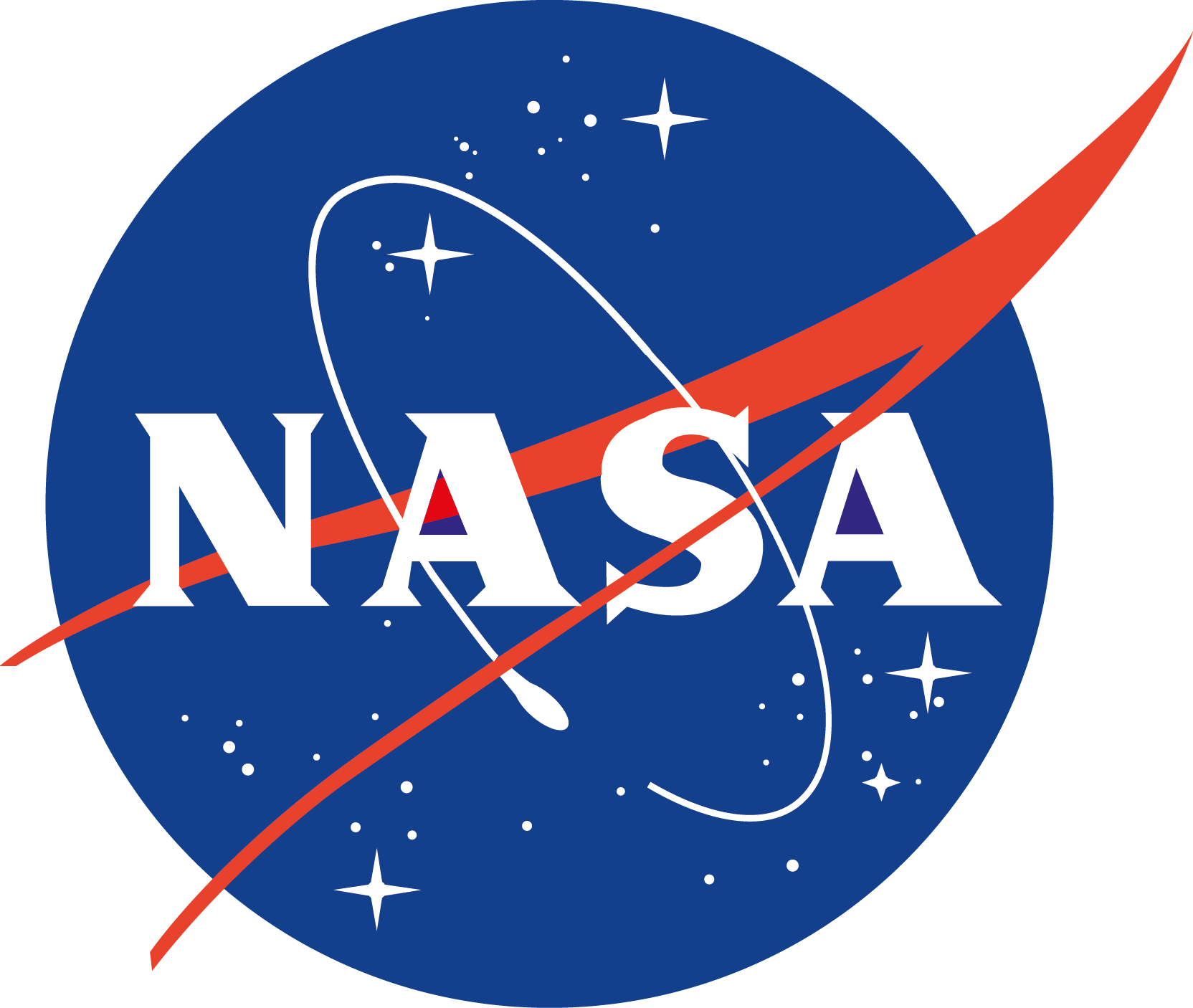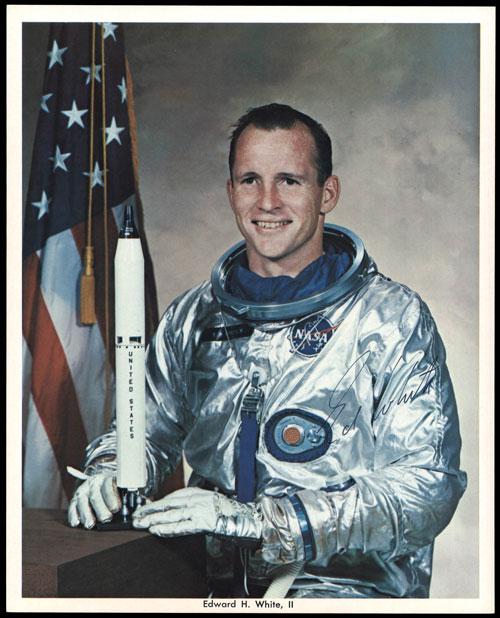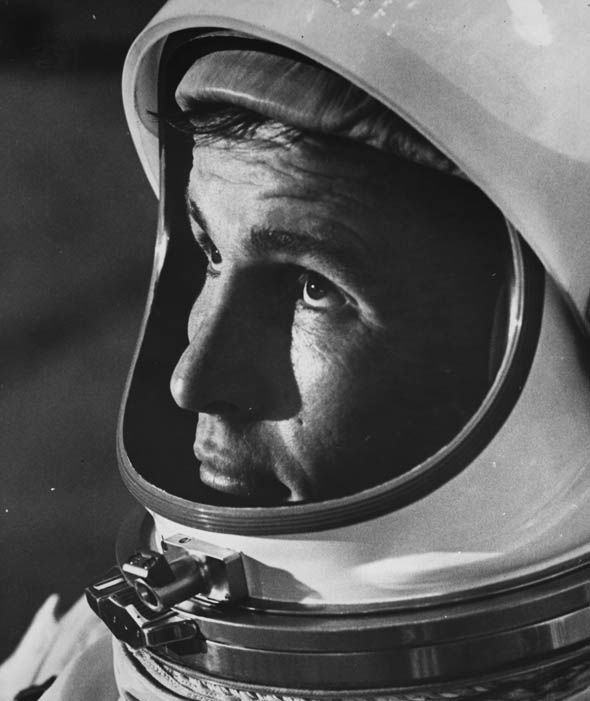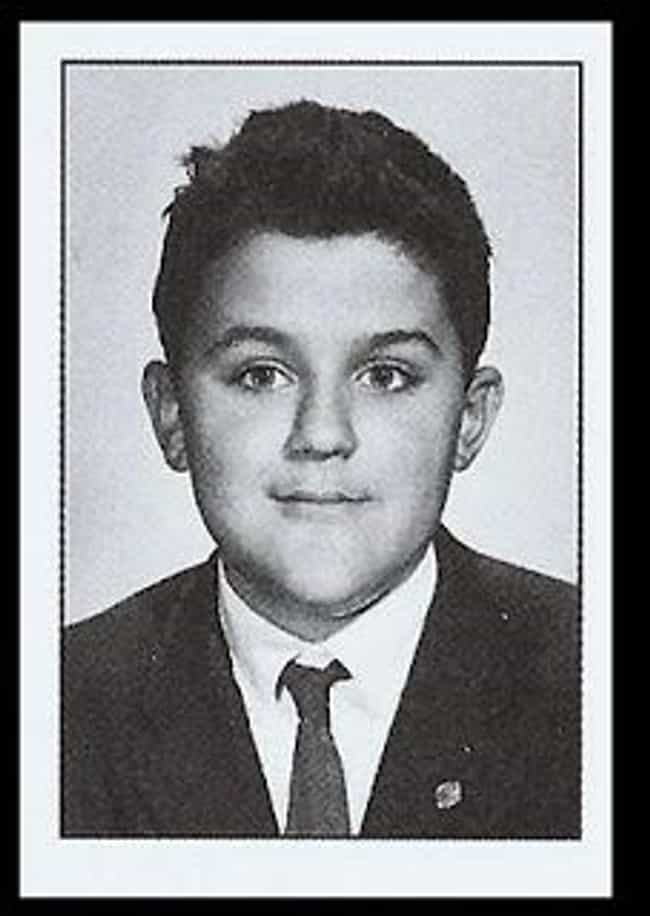
From the Atlantic Missile Range in Cape Canaveral, Florida,
the U.S. unmanned spacecraft Explorer 6 was launched into
an orbit around the earth. The spacecraft, commonly known
as the “Paddlewheel” satellite, featured a photocell scanner
that transmitted a crude picture of the earth’s surface and
cloud cover from a distance of 17,000 miles. The photo,
received in Hawaii, took nearly 40 minutes to transmit.
Released by NASA in September, the first photograph ever
taken of the earth by a U.S. satellite (below) depicted a
crescent shape of part of the planet in sunlight. It was
Mexico, captured by Explorer 6 as it raced westward over
the earth at speeds in excess of 20,000 miles an hour.

First satellite image of the Earth from space, taken by
Explorer 6 in 1959.


Explorer 6 Satellite (Reconstructed Replica) at the National Space Museum.

















